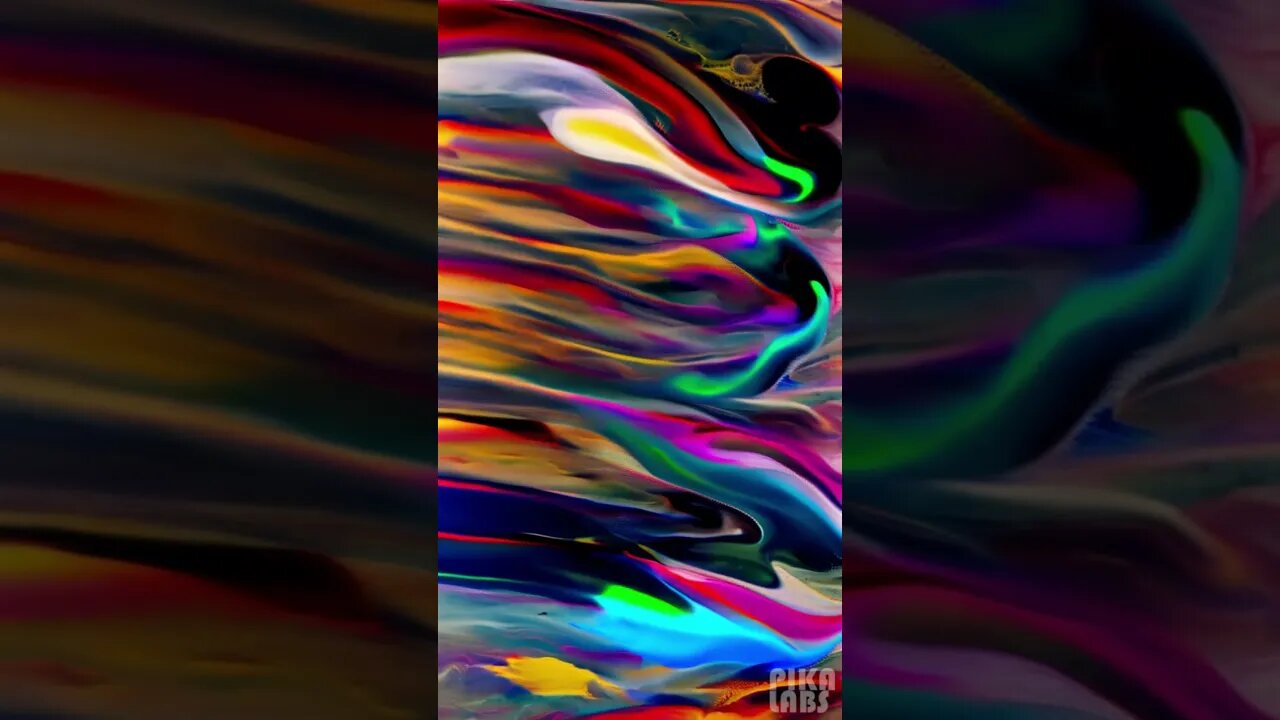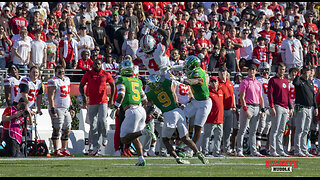Premium Only Content

Pollock & CIA: Cold War Canvas
The connection between Jackson Pollock and the CIA is one of the intriguing stories from the Cold War era. The CIA, during the 1950s and '60s, covertly supported and promoted American Abstract Expressionist art, including the works of Jackson Pollock, as a way to showcase the creativity and intellectual freedom of the West in contrast to the rigid and state-controlled art of the Soviet Union.
The idea was that Abstract Expressionism embodied the free spirit and creativity of the capitalist West. By supporting and promoting this art form, the U.S. hoped to counteract Soviet propaganda and demonstrate the cultural superiority of the democratic system.
This initiative was not necessarily about the U.S. government or the CIA being genuine patrons of the arts, but rather was a calculated move in the cultural Cold War. Most artists, including Pollock, were likely unaware of the extent of the CIA's involvement in the promotion of their work.
To facilitate this, the CIA worked covertly through various organizations and used philanthropic foundations, art galleries, and cultural organizations to push the narrative and promote exhibitions. The goal was to show that, unlike the Soviet Union where artists were heavily restricted, the West provided an environment where artists could freely express themselves.
It's worth noting that while the CIA did promote Abstract Expressionism, it doesn't mean that artists like Pollock were directly involved with or even aware of the agency's broader geopolitical intentions.
-
 LIVE
LIVE
Game On!
19 hours agoThe Big Beautiful Bill Will DESTROY Professional Sports Betting and Poker!
2,776 watching -
 11:12
11:12
The Car Guy Online
1 day agoFormer GM Engineer Won't Buy NEW Trucks. Buy This Instead...
4.64K13 -
 9:44
9:44
Rena Malik, M.D.
23 hours ago $4.31 earnedScientifically proven diet to boost your Testosterone!
10.6K14 -
 11:49
11:49
Ohio State Football and Recruiting at Buckeye Huddle
20 hours agoOhio State Football: Is Jeremiah Smith About to Make History Again?
13.1K3 -
 LIVE
LIVE
BEK TV
1 hour agoTrent Loos in the Morning 7/03/2025
193 watching -
 9:02
9:02
MattMorseTV
1 day ago $3.22 earnedThe CDC kept this HIDDEN for 25 YEARS.
33.1K39 -
 2:20:28
2:20:28
Side Scrollers Podcast
21 hours agoLudwig/Mang0 COPE + Diddy Verdict + You Don’t Hate the Media Enough | Side Scrollers LIVE
21.4K2 -
 29:09
29:09
IsaacButterfield
1 day ago $3.05 earnedFatTok Is Back, More Disgusting That Ever
12.5K6 -
 LIVE
LIVE
PudgeTV
1 hour ago🟠 Witcher 3: The Wild Hunt | Day 4 - Finding Ciri & Dying a LOT
98 watching -
 LIVE
LIVE
LarryDickmanGaming
8 hours agoLet's SNIKT things up a notch!
39 watching